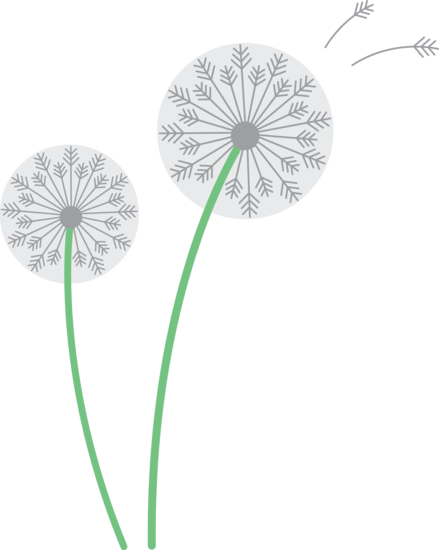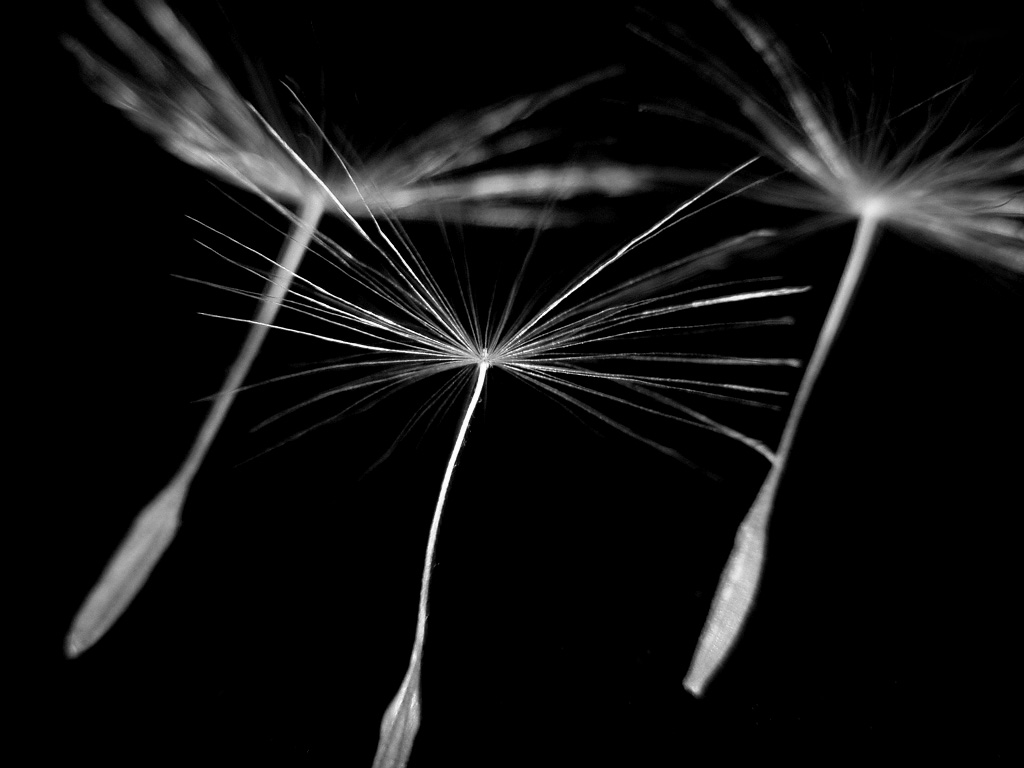
Dandelion Information
Dandelion Fruit
 Dandelions contain tiny, brown, one-seeded achene (sometimes referred to as akene and occasionally achenium or achenocarp).
What is actually referred to as a dandelion 'seed', is actually an achene, which is a fruit that contains the seed. The seed-like appearance arises from the fact that the wall of the seed-vessel hardens and encloses the solitary seed so closely as to seem like an outer coat.
Dandelions contain tiny, brown, one-seeded achene (sometimes referred to as akene and occasionally achenium or achenocarp).
What is actually referred to as a dandelion 'seed', is actually an achene, which is a fruit that contains the seed. The seed-like appearance arises from the fact that the wall of the seed-vessel hardens and encloses the solitary seed so closely as to seem like an outer coat.
An achene is considered a dry fruit which does not bloom or release its seed upon maturity. Instead, the seed resides inside a shell or husk until it reaches suitable ground and germinates into a new plant.
The achene of the dandelion are about 1/10 of an inch (3 mm) in length and attached to a long slender stalk. The seed-fruits terminate in a parachutelike structure called a pappus that consists of hairs. Collectively the fruit form a fuzzy, gray-white colored, spherical fruiting head. Each achene contains a single seed that nearly fills its structure.
The dandelion plant relies on the distribution of achenes for reproduction and survival. Dandelion relies on wind power to distribute its own achene. The achene is attached to a parachute-like bloom which pulls the achene away from the dandelion's central core and carries it away to another location for self-germination. Each dandelion flower can produce dozens of flying achenes, making for quick distribution and a abundance of new dandelion plants.
[back to dandelion information page]
For more information about the dandelion, check out the dandelion factoids section,
or explore some unique dandelion folklore, myths and legends.


